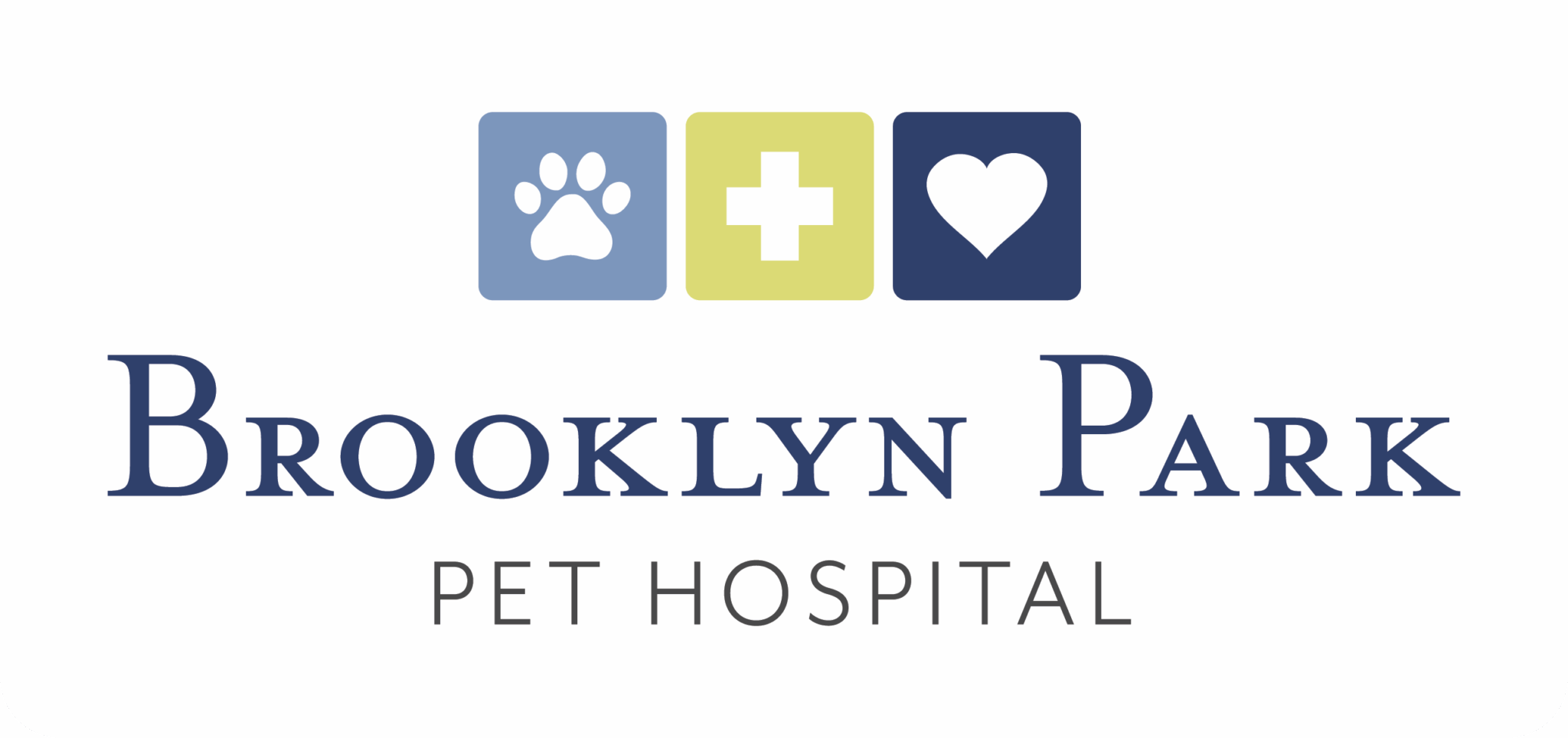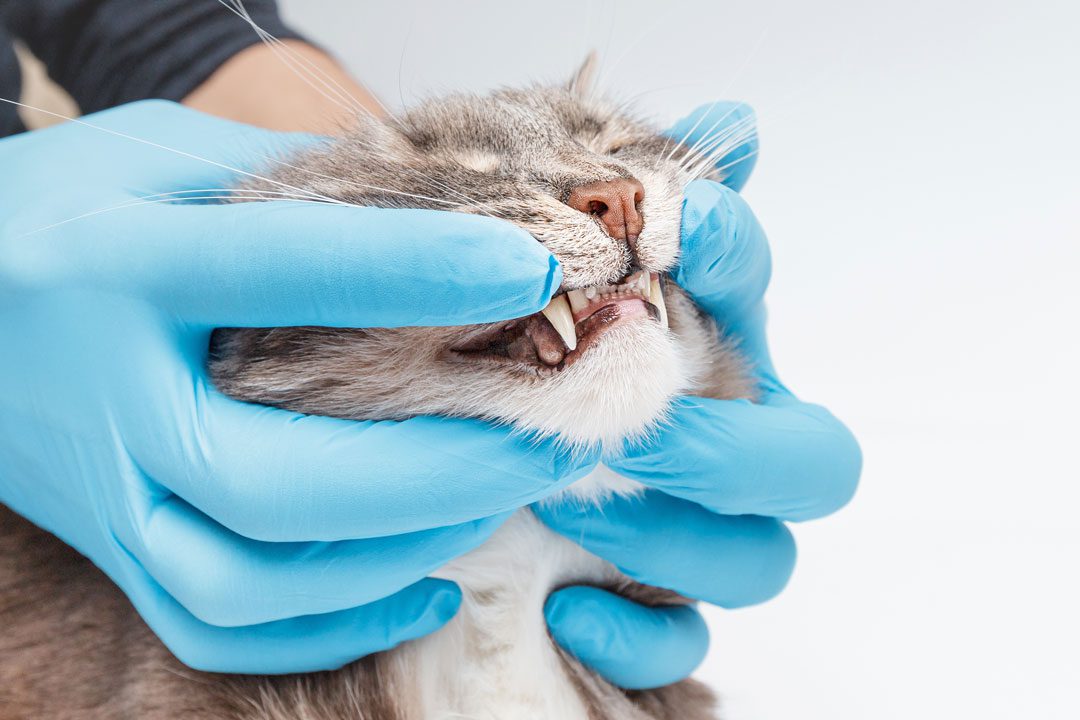
How Often Should My Pet Get a Teeth Cleaning?
The best schedule depends on your pet’s breed, age, and risk factors. Small dogs, brachycephalic breeds, and some cats are more prone to dental disease and may need more frequent care.
General recommendations include:
-
Dogs and cats: annual professional cleaning
-
Seniors and high-risk pets: dental exams or cleanings every six months
-
At-home care: daily brushing, rinses, or dental chews to support long-term health
Our veterinarians will create a custom plan based on your pet’s needs.
A Healthier Smile Starts Here
At Brooklyn Park Pet Hospital, we’re passionate about keeping your pet’s mouth healthy, pain-free, and fresh. With routine veterinary dental care, your pet can enjoy better comfort and quality of life for years to come.
Give us a call at (763) 566-6000 or schedule a dental cleaning online today.


